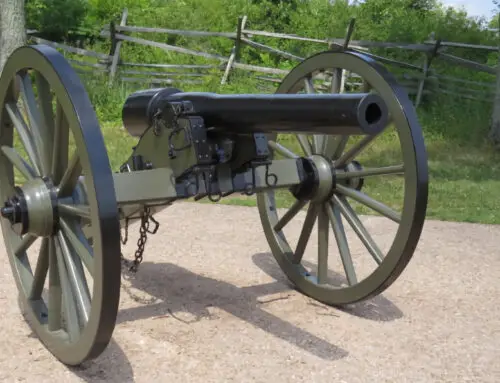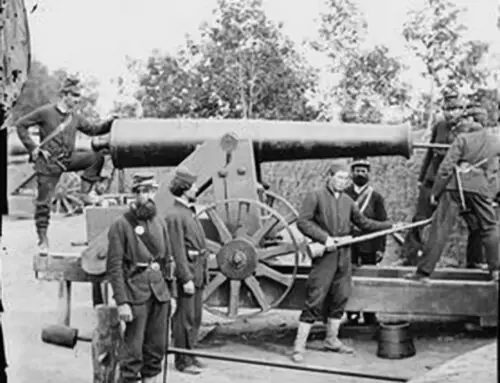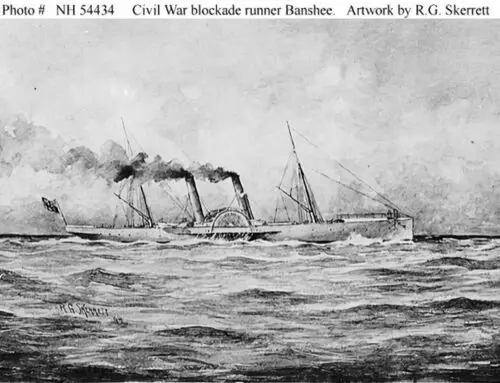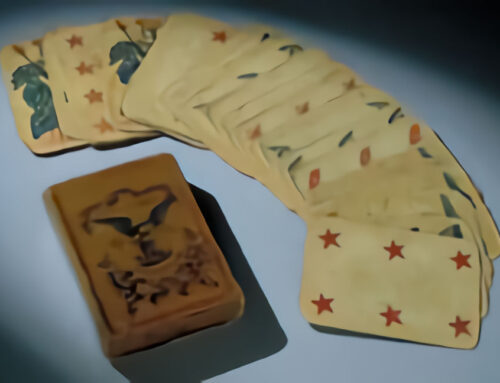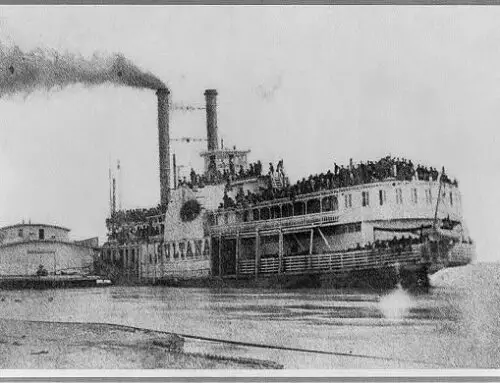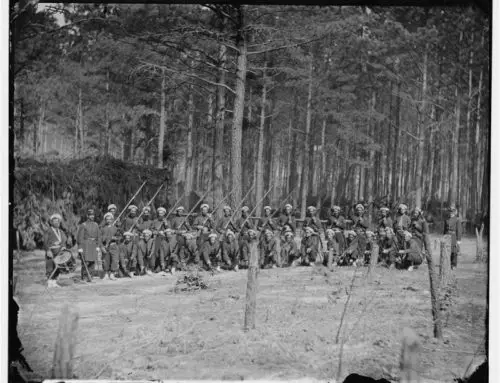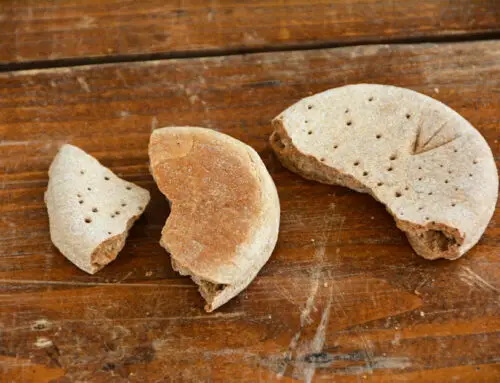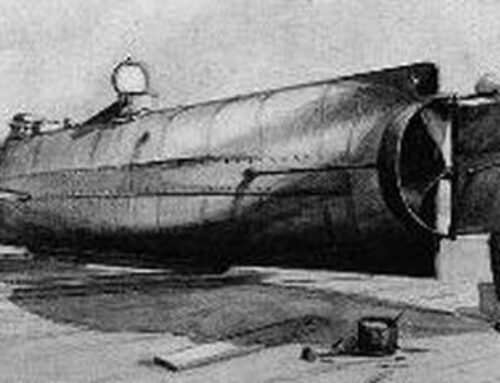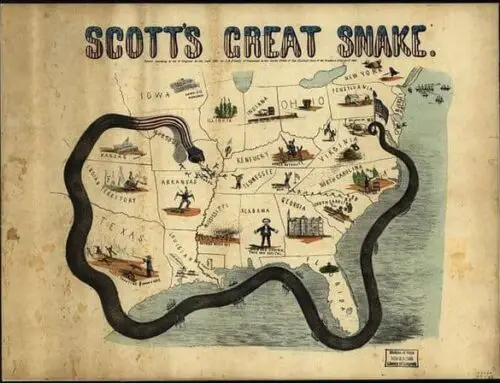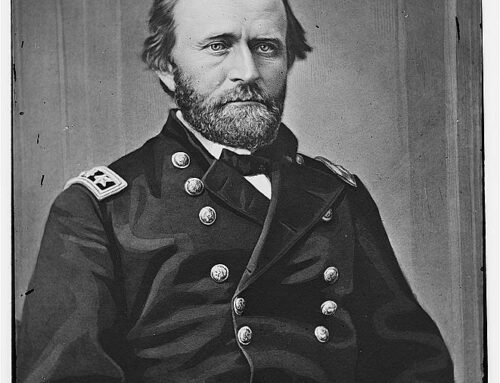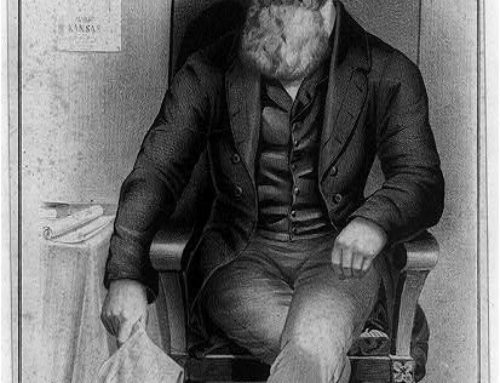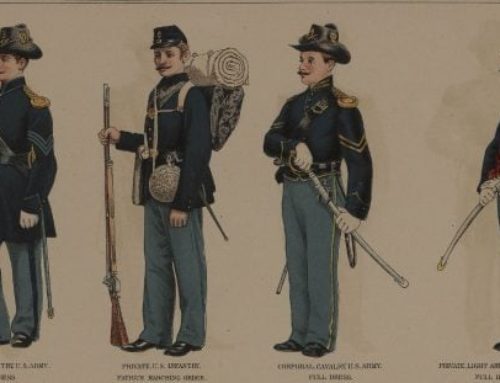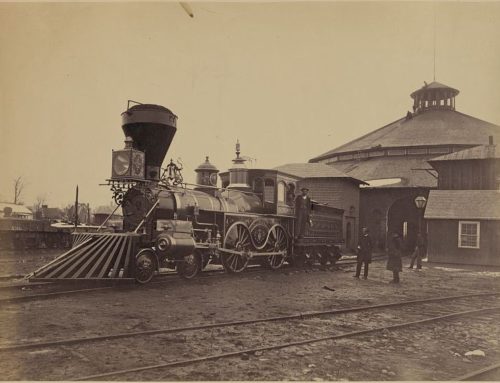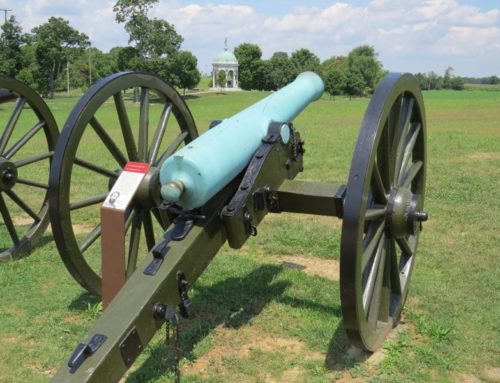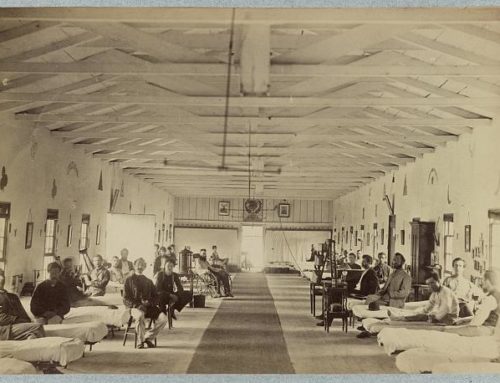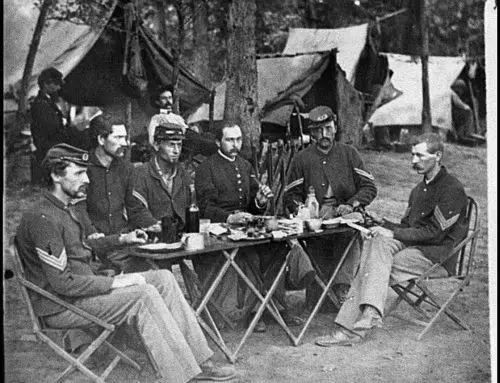The CSS Virginia was born when it was left to dry rot in the sun, the remains of the USS Merrimack were found by the Confederate authorities after the Union abandoned the yard. The year was 1861 and six months later the Virginia was launched.
The ironclad ram boat was a ‘Frankenstein’, pieced together from the old Federal gunship and transformed into an impressive iron war cruiser.
The ship was just what the Confederates needed to stem the flow of union merchant marine traffic that dominated the oceans of America.
The North had enjoyed superiority in the naval theater with both military and commercial traffic but the Virginia was the answer to that problem. Cast from pure Virginia iron, the new class ship could take anything the Union could blast at her and could pack a big licking herself with her seven- inch guns and stern mounted ram. The ram turned the entire vessel into a weapon, a weapon that sent two bigger wooden Union ships to the bottom of the river.
The CSS Virginia had its problems. Firstly, it required a deep draft, which severely limited the places in which she could navigate. Secondly, she was cumbersome to sail and lacked the proper power train to sail in rough waters. Basically she was contained to the calmer waters off Norfolk Virginia.
The iron clad was able to make some waves when in March of 1862; she had her first naval battle, sinking two Union war ships, The Cumberland and then The Congress. The affect of iron over wood was devastatingly clear, as the ironclads came into the war the days of the big wooden sloops was over. The ship is best known for her monumental battle with her Union counterpart, the USS Monitor, with whom she fought to a draw in March 1862.
The damage that both ironclads inflicted on the others wooden navy was not to be weighed in amount of ships sunk or crippled, but in the exiting of the wooden ship as a viable battle unit. Nevermore would a wooden ship be held accountable in a modern war naval effort, anywhere.
Over the next two months the two ironclads kept each other in check. The Virginia never met up with the Monitor again and was scraped by her crew in May 1862.The Virginia and the Monitor both were pioneering ships that changed the way sea battles would be fought throughout the world. The bulky wooden boats had seen their last days on the water, at least in the war effort.





